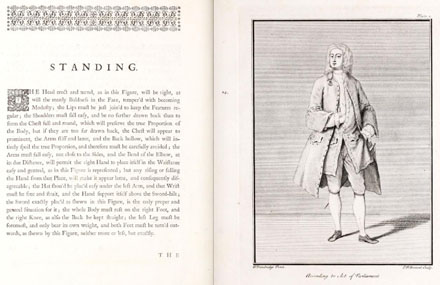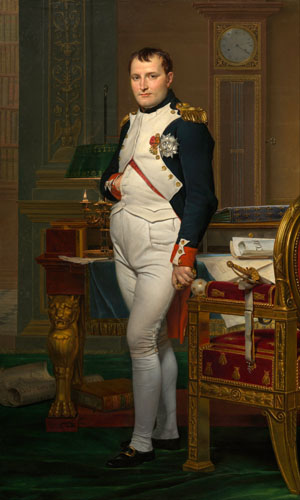
Napoleon Bonaparte in 1812, Jacques-Louis David
Napoleon Bonaparte made his final surrender over a century ago, on July 15, 1815, after losing the Battle of Waterloo to a coalition of Austria, Russia, Prussia and the United Kingdom. This ended the War of the Seventh Coalition, the last of the series of Napoleonic Wars that began in 1803.
But was a persistent stomachache why Napoleon was often painted with a hand tucked into his waistcoat?
No, and he didn’t have a disfigured hand, either. The hand-in-coat pose was a fad among upper-class men of good breeding, dating back to the orators of ancient Greece. In 1737, Francois Nivelon’s The Rudiments Of Genteel Behavior recommended the position as part of a stance that conveyed “manly boldness …. tempered with becoming modesty.”
These guys also struck the manly pose:
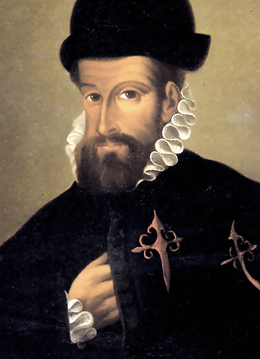 Francisco Pizarro in 1540, unknown artist |
 George Washington in 1776, Charles Willson Peale
|
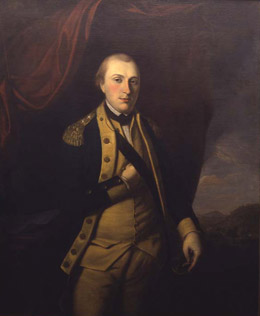 Marquis de Lafayette during the American Revolution, Charles Willson Peale |
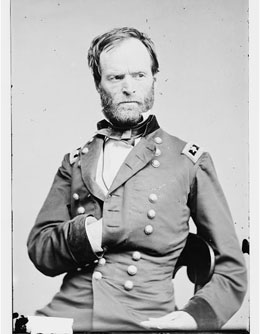 William Tecumseh Sherman during the Civil War |
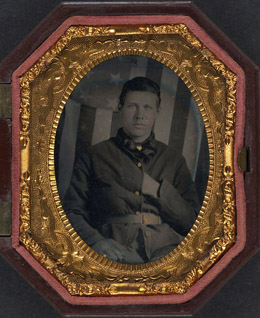 Unidentified Union soldier during the Civil War |
Search the Library of Congress Prints and Photograph collection for hand in coat, and you’ll see more pictures of men with their hands tucked into their vests. You might even have a photo of an ancestor posing this way.

